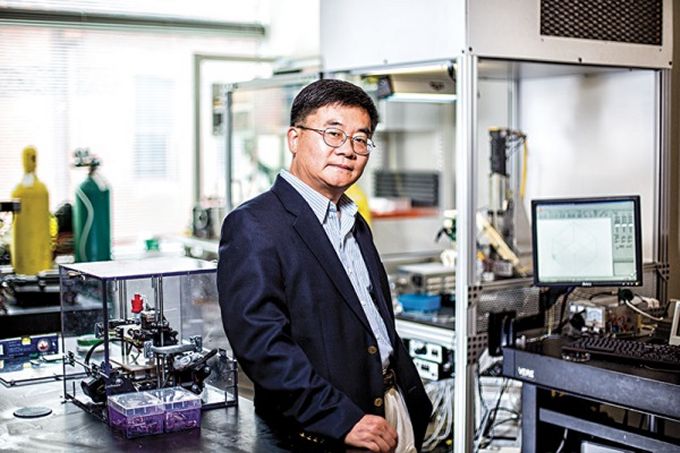We have seen the use of 3D virtual software and 3D printing in a variety of manufacturing scenarios, for example, the design of rocket engine parts at SpaceX. As we certainly would expect, researchers in the life sciences are now using the same technology to improve diagnosis and treatment of diseases such as cancer by printing live tumors.
According to Dr. Wei Sun, Professor at Drexel’s College of Engineering, using this technology offers a new paradigm for cancer study. 3D-printed cancer tumor models better represent tumors than traditional two-dimensional (2D) culture samples typically used in anticancer drugs. 2D models lack the “micro-environment characteristics” of natural 3D tissues in vivo. A recent report in the Journal of Biofabrication describes how researchers are now creating analysis-grade models of different types of cancer.
Scientists note that while cancers often have similar characteristics, the new technology allows a better understanding of variations such as surface area, shape, and cellular composition which are better represented. These innovations amount to a new technological platform for biologists and pathologists to better understand and treat diseases.
To build 3-D representations of tumors, researchers use “bio-ink” made up of, for example, live cervical cancer cells and hydrogel and print out a 3-D structure of tissue, layer by layer. The living model provides cancer researchers with a better understanding of how tumors behave in response to therapies.
Genetic Approach to Treating Cancer
Today, doctors are taking samples of a patient’s tumor and sequencing the DNA. Next, a group such as the “Pink Army” analyzes the genetic information online and designs a virus strain that when introduced into the body tracks down and kills the specific cancer. Before introducing the “antidote”, researchers test it on a patient’s normal and diseased tissue to make sure it is effective.
Related articles on IndustryTap:
- Researchers Create First Ever Fully 3D Printed Quantum Dot LEDs
- Three-Year-Old Boy Gets a 3D-Printed Prosthetic Iron Man Hand
- Scientists Turn to 3D-Printed Cancer Cells to Better Understand the Disease
- 3D Printed Implant Replaces 75% Of Patients Skull
- Robotics Revolution In Full Swing: A Sampling of Over 200 Robotics Startups
References and related content:







